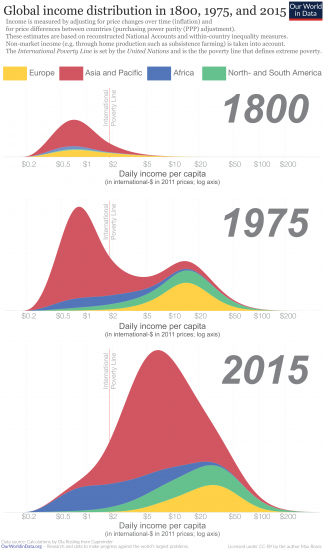The Economic Environment
Purchasing power depends on consumers’ income, savings, debt, and credit availability as well as the price level.
As the recent economic downturn vividly demonstrated, fluctuating purchasing power strongly affects business. Marketers must understand consumer psychology and levels and distribution of income, savings, debt, and credit.

Consumer Psychology
The recession that began in 2008 initiated new consumer spending patterns. Were these temporary adjustments or permanent changes?
Identifying the more likely long-term scenario—especially for the coveted 18- to 34-year-old group—would help managers decide how to invest their marketing money.
Executives at Sainsbury, the third-largest UK super-market chain, concluded that the recession had created a more risk-averse British consumer who now saves more, pays off debts instead of borrowing, and shops in more cost-conscious ways. Even wealthy UK consumers traded down to lower-cost items. As one executive said, “There’s nobody who can afford not to try to save.
Income Distribution
There are four types of industrial structures:
- subsistence economies like Papua New Guinea, with few opportunities for marketers;
- raw-material-exporting economies like Saudi Arabia (oil), with good markets for equipment, tools, supplies, and luxury goods for the rich;
- industrializing economies like India, where a new rich class and a growing middle class demand new types of goods; and
- industrial economies like Western Europe, with rich markets for all sorts of goods.
Marketers often distinguish countries using five income-distribution patterns: (1) very low incomes; (2) mostly low incomes; (3) very low, very high incomes; (4) low, medium, high incomes; and (5) mostly medium incomes.

Income, Savings, Debt, and Credit
U.S. consumers have a high debt-to-income ratio, which slows expenditures on housing and large-ticket items. When credit became scarcer in the recession, especially for lower-income borrowers, consumer borrowing dropped for the first time in two decades.
An economic issue of increasing importance is the migration of manufacturers and service jobs offshore, which affects incomes in the United States and the countries where jobs are relocated.
